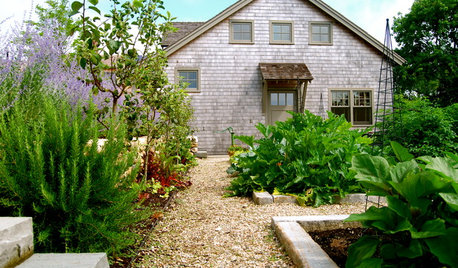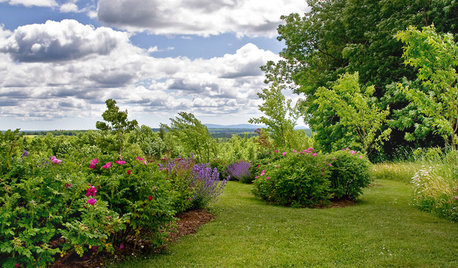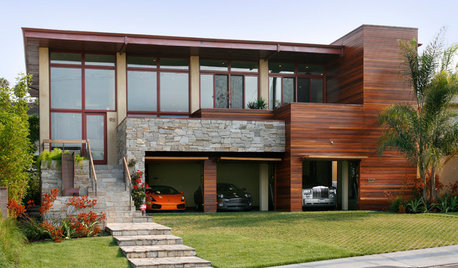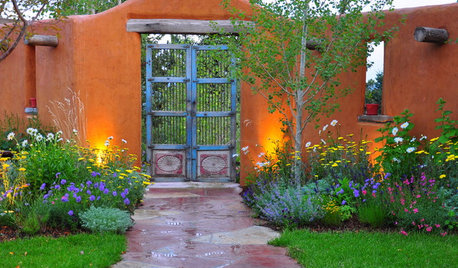what is in cheap topsoil ??
greenman62
10 years ago
Featured Answer
Sort by:Oldest
Comments (13)
Kimmsr
10 years agoRelated Professionals
Kenmore Landscape Architects & Landscape Designers · Oconomowoc Landscape Architects & Landscape Designers · Salem Landscape Architects & Landscape Designers · Wixom Landscape Architects & Landscape Designers · White Oak Landscape Architects & Landscape Designers · Brentwood Landscape Contractors · Burlington Landscape Contractors · Forest Hills Landscape Contractors · Gallatin Landscape Contractors · New Providence Landscape Contractors · Roseville Landscape Contractors · Salem Landscape Contractors · Woodland Landscape Contractors · East Norriton Landscape Contractors · Fort Collins Decks, Patios & Outdoor Enclosuresklem1
10 years agogaryfla_gw
10 years agoKimmsr
10 years agogreenman62
10 years agoKimmsr
10 years agobauerbach
10 years agopoaky1
10 years agoKimmsr
10 years agoCrosStitching
10 years agotoxcrusadr
10 years agocentexan254 zone 8 Temple, Tx
10 years ago
Related Stories

GARDENING GUIDESThe Simple Secret to Gardening Success
Learn the kinds of soil and a DIY type test to make sure you’re putting the right plant in the right place
Full Story
CONCRETEWhy Concrete Wants to Crack
We look at the reasons concrete has a tendency to crack — and what you can do to help control it
Full Story
FARM YOUR YARDHow to Grow Vegetables in Containers
Get glorious vegetables and fruits on your patio with a pro’s guidance — including his personal recipe for potting mix
Full Story
LANDSCAPE DESIGNYour Mini Guide to Great Garden Edges
Get the scoop on trenches to the skinny on bender board, to help keep your garden beds as tidy as you like
Full Story
GARDENING AND LANDSCAPINGBuild a Raised Bed to Elevate Your Garden
A bounty of homegrown vegetables is easier than you think with a DIY raised garden bed to house just the right mix of soils
Full Story
LANDSCAPE DESIGNLandscaping Tricks to Manage Stormwater Runoff
Help rainwater absorb slowly back into the earth with paving grids, gravel beds and other porous systems
Full Story
GARDENING GUIDESNew Ways to Think About All That Mulch in the Garden
Before you go making a mountain out of a mulch hill, learn the facts about what your plants and soil really want
Full Story
EARTH DAYThe Case for Losing the Traditional Lawn
Work less, help the environment and foster connections by just saying no to typical turf
Full Story
EDIBLE GARDENSNatural Ways to Get Rid of Weeds in Your Garden
Use these techniques to help prevent the spread of weeds and to learn about your soil
Full Story
GARDENING AND LANDSCAPINGHow to Pick a Nice Wall for Your Garden Room
Made by hand, prefab or growing from the ground, garden walls are key landscaping elements. Here's what to think about for your yard
Full StoryMore Discussions







gardengal48 (PNW Z8/9)